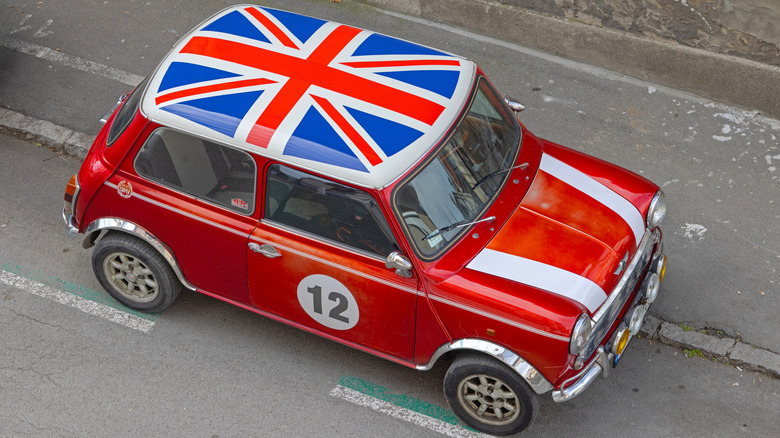Why Do English Cars Drive on the Left?

Differences in Driving Practices Between the UK and the US
When it comes to roads, driving, and automobiles, the English have developed their own unique approach that often differs from what Americans are used to. For example, in the UK, large vehicles are referred to as "lorries," drivers use indicators instead of blinkers, and crosswalks are known as "zebra crossings." Although the term might be a bit misleading—since zebras rarely use them—it's an established part of British road terminology.
One of the most notable differences is the direction in which people drive. The UK has maintained the tradition of driving on the left side of the road, a practice that stands in contrast to the majority of countries worldwide, where driving on the right is standard. This distinction is not just a matter of preference; it affects vehicle design and driving behavior.
In the UK, vehicles are typically right-hand-drive, meaning the driver sits closer to the center of the road rather than the sidewalk. This setup allows for better visibility of oncoming traffic, which is especially useful when overtaking or making right turns. However, this system can be confusing for drivers accustomed to the right-hand drive format.
Historical Roots of Left-Hand Driving
The origins of this practice can be traced back to historical and cultural influences. In the 17th century, British writer Thomas Hobbes described life as "nasty, brutish, and short," emphasizing human fears and ambitions—motives that still play a role on today’s highways. During feudal times, horse riders often traveled on the left, with their dominant right hand free to wield a sword in case of an attack. This habit eventually became formalized into a road rule in 1835.
Meanwhile, in France and the early United States, teams of horses were used to transport goods over long distances. Teamsters rode on the rearmost horse to the left, allowing their right arm to control the other horses. This practice led to driving on the right side of the road. France made this informal rule official in 1794, followed by similar changes in Denmark and Russia.
The Napoleonic Wars in the early 1800s helped spread the practice of driving on the right across much of Europe, including Germany, Italy, and Poland. Interestingly, Napoleon himself, who was left-handed, preferred to travel on the right, which may have influenced these changes.
Global Shifts and Exceptions
By the 1960s, most of continental Europe had adopted the right-hand driving rule, with Sweden being the last country to switch in 1967. Countries like Canada also transitioned to the right side by 1947, eliminating chaotic border crossings.
Many former British colonies, such as Australia, New Zealand, India, and nations in southern Africa, continue to drive on the left. Japan also follows this pattern, though the reason for the popularity of left-hand driving there is more about cultural tradition than any universal norm.
It's worth noting that imported American vehicles are not widely used in these countries due to cultural preferences rather than the direction of driving. The design of vehicles in the US, which are typically right-hand drive, does not align with local practices.
Preparing for International Driving
If you plan to drive in a foreign country, it's essential to understand both the cultural and legal aspects of driving there. Mistakes on the road can lead to serious consequences, including injury or death. Before traveling, consider taking a refresher course to improve your spatial awareness and familiarize yourself with manual transmissions, as automatic rentals may not always be available.
Research the specific laws of the country you're visiting and, if possible, take a few trips as a passenger to observe how locals navigate the roads. This preparation can make a significant difference in your safety and confidence behind the wheel.
For those interested in staying updated on tech and auto trends, subscribing to a free newsletter can provide valuable insights, expert guides, and practical tips delivered directly to your inbox.